I have had terrible eyesight my entire life.
I got my first pair of glasses when I was just a year old, and my prescription hasn’t changed since. I was nearing the end of my high-school career when it came to my attention that I didn’t read words the same way as most people.
I would often lose my place, skipping entire lines of words. Sometimes words would appear almost as if they were shaking, and I had always struggled to differentiate between the letters b, p, and d.
A dyslexia test told me that everything was normal with my system, but all that did was leave me with more questions. Why was I having these struggles that no one else did? And, if it wasn’t dyslexia, what was it? Could I fix it?
Now, nearly four years later, I am happy to report that not only did I find answers to what was wrong, I also found a way to fix it.
On March 16, 2021, after a long seven months of daily activities that always left me with a headache, I unofficially graduated from something called vision therapy, a little-known treatment I had never heard of that was able to help me.
The program I took was offered by Jagare Ridge Vision Care and Development in Edmonton. This optometrist opened in 2019, but differs from most optometrist clinics in Edmonton due to their specialized vision therapy and rehabilitation program.
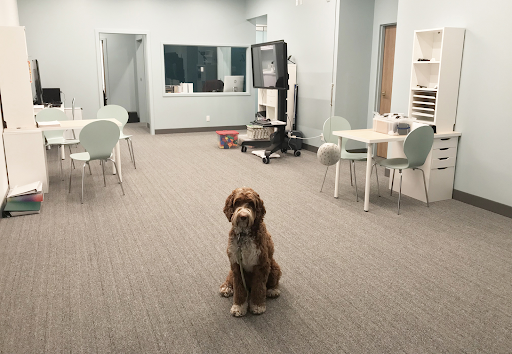
Dr. Shannon Pennifold decided to start a vision therapy program at her clinic because she found upon completing her schooling that not many optometrists decide to focus on rehabilitation. She feels it is important to let others know “there are better ways to see and read.”
Dr. Pennifold explains that vision therapy is used to treat various disorders, including motility dysfunction, amblyopia (lazy eye), diplopia (double vision), and a variety of visual-motor and visual-processing disorders. Vision therapy is also used to help treat people who have suffered a traumatic brain injury, such as severe concussions.
My first appointment with Dr. Pennifold consisted of me completing a learning-related vision assessment. I did a variety of different tasks involving lots of weird shapes and lines to test my ability to move and focus my eyes and my coordination and perception. I failed most of these tests miserably, leading to the recommendation that I start the vision therapy program.
The program is run by vision therapist Nichole Tuff and Milki, the adorable therapy dog. Tuff works individually with each patient to teach, guide, and support them throughout the process. Her favourite part of the job is being able to form relationships with her patients, “seeing people’s reactions when they finally get something,” and being able to share the exciting feeling they have as they improve.
Tuff worked with me every week for seven months at the clinic. She would teach me a variety of exercises that we practiced together. The tasks included anything from me reading a letter chart in a specific pattern to me wearing red and green 3D glasses while a holographic Bugs Bunny floated in front of me.
My bedroom slowly turned into a miniature version of the clinic’s therapy room, with various charts and hanging balls scattered around so that I could practice daily. While some of the activities may seem absurd, they are designed to help improve how your eyes focus and stay focused in various situations.
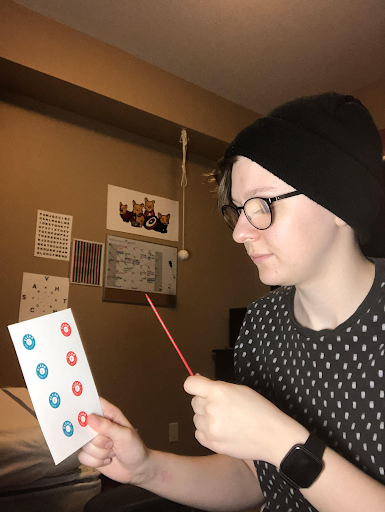
One of my biggest challenges was trying to focus on and get my eyes to look at something in the empty space in front of me. Nichole assigned me the dreaded “lifesaver card,” which calls for you to look at two circles on the card and then slowly bring your vision closer, looking in front of the card so that your eyes will produce a third, merged circle in the middle.
I can still remember how excited I got once I could finally see that third circle and hold it in place, a sign that not only was I learning more about vision, but I was even improving. By the end of my seven months, Dr. Pennifold and Nichole gave me a re-test of the first test they had given me. This time I passed.
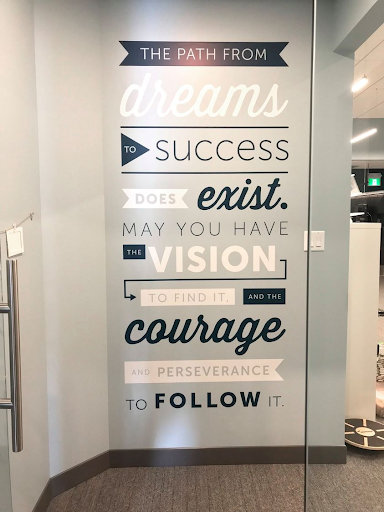
Comparing myself now versus seven months ago, the improvement in my eyesight is clear. I find my eyes can concentrate longer when reading, meaning I can hold my spot and not skip lines. Since my eyes can do this easier now, I get less of a headache when I read for longer. I’ve even noticed differences in other aspects of my life that I wasn’t expecting. Since I worked on my peripheral vision, my driving has improved, as the number of times I accidentally cut someone off has decreased significantly.
Dr. Pennifold and her staff say that my experience is common among other vision therapy patients. Since many people are unaware that such a program exists, many assume that the only thing they can do to improve their vision is to wear glasses.
Vision therapy has the potential to improve the lives of a lot of people, which is why Dr. Pennifold stresses that “it is important to get the word out there.” As more people can see the advantages of programs such as these, the opportunity for people to improve will grow, and together, we will all be able to see a little more clearly.
More information about the vision therapy program at Jagare Ridge Vision Care can be found on their website.
Clinic images courtesy of Jagare Ridge Vision Care.

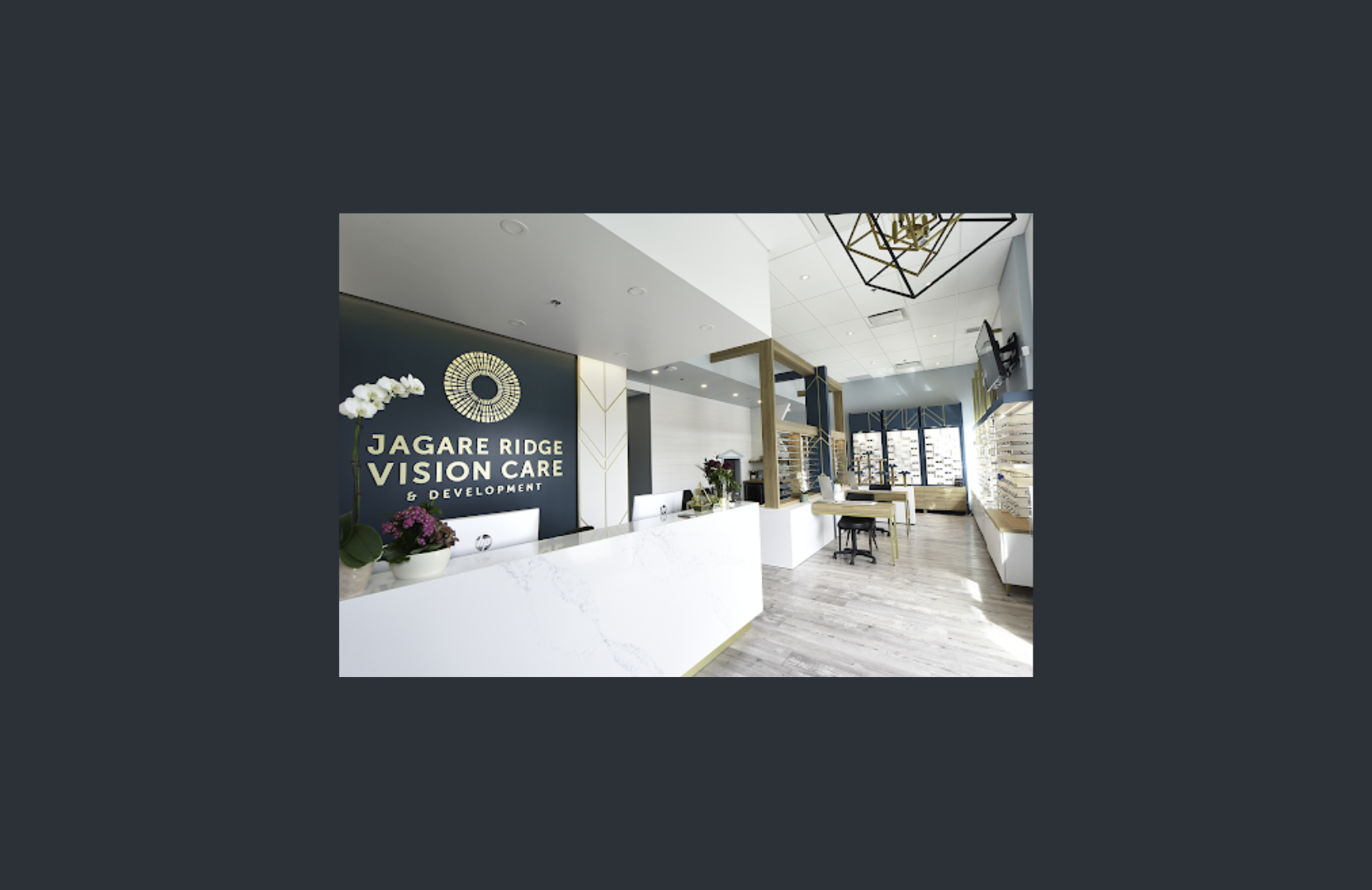
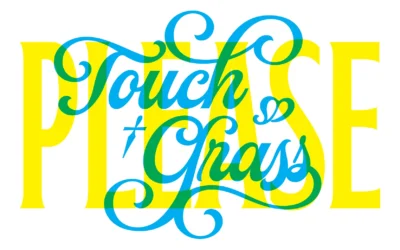
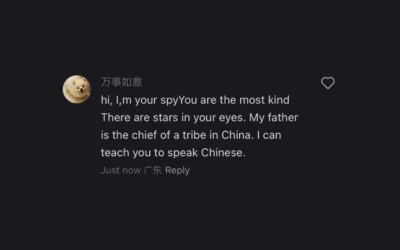
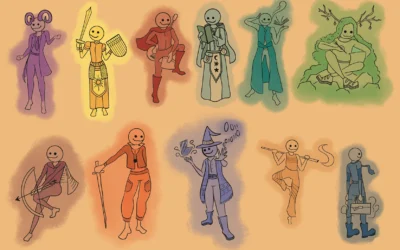
0 Comments